
Bamberger–Marie syndrome
Bamberger–Marie syndrome (hypertrophic pulmonary osteoarthropathy): clubbing, bone periostosis, and joint effusions—historically recognised as a paraneoplastic syndrome linked to lung disease.

Bamberger–Marie syndrome (hypertrophic pulmonary osteoarthropathy): clubbing, bone periostosis, and joint effusions—historically recognised as a paraneoplastic syndrome linked to lung disease.
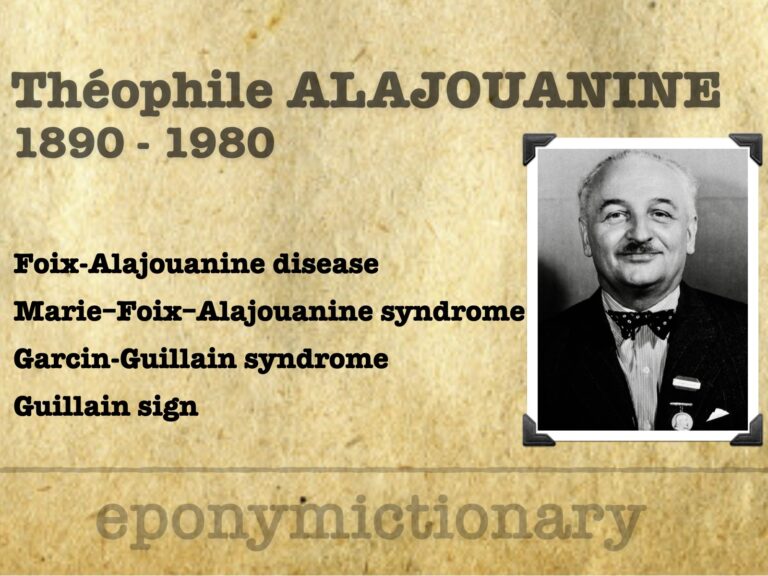
Théophile Alajouanine (1890–1980), French neurologist and humanist; described Foix–Alajouanine syndrome, studied aphasia, epilepsy, and neurological creativity.
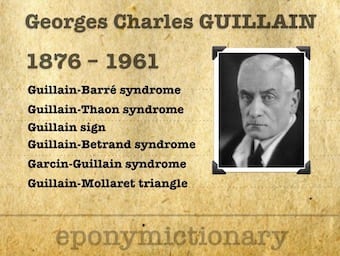
Georges Charles Guillain (1876-1961) was a French neurologist. Multiple neurology-related eponyms including Guillain-Barré syndrome

Ernst Adolf Gustav Gottfried von Strümpell (1853-1925) was a German neurologist. Strümpell signs, Strümpell-Lorrain disease, Marie-Strümpell disease and Westphal-Strümpell pseudosclerosis.
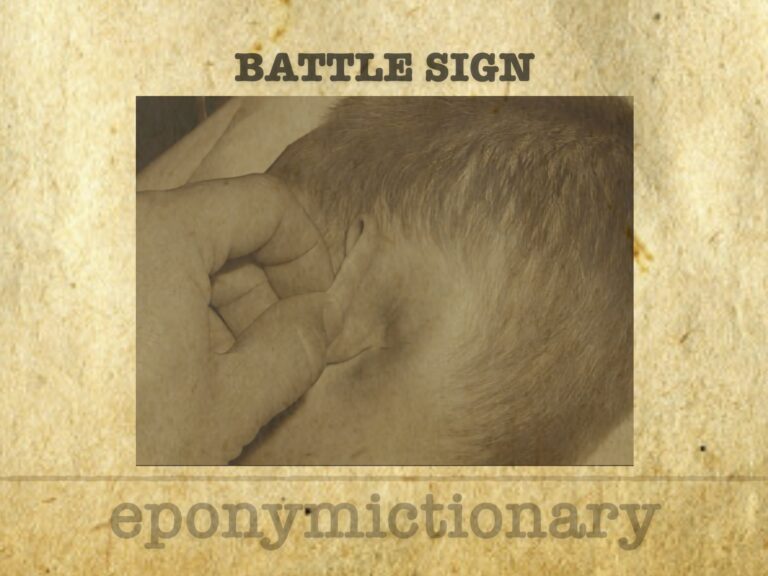
Battle sign: mastoid ecchymosis indicating basilar skull fracture, described by W.H. Battle in 1890; it holds >75% PPV for posterior fossa injury.

William Henry Battle (1855–1936) English surgeon. Battle incision, Battle operation and Battle sign postauricular (mastoid) ecchymosis

Carl Gerhardt (1833–1902), German internist and paediatric pioneer, described Gerhardt’s sign and advanced diagnostics, paediatrics, and laryngology
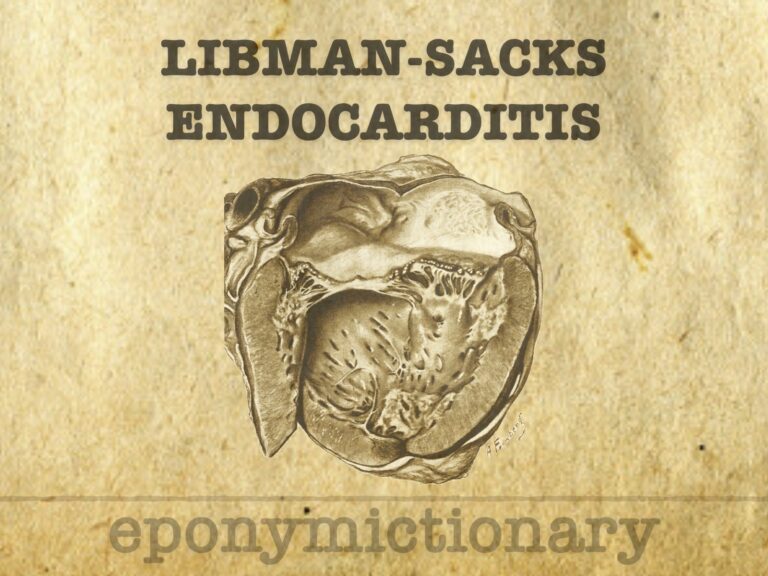
Libman–Sacks endocarditis is a sterile cardiac valve lesion linked to lupus and antiphospholipid syndrome, often detected via echocardiography

Emanuel Libman (1872–1946), American internist who co-described Libman-Sacks endocarditis and revolutionised diagnostic medicine at Mount Sinai.

Benjamin Sacks (1896–1971), cardiac pathologist and co-describer of Libman–Sacks endocarditis, also a Hollywood advisor and Arizona frontier historian.
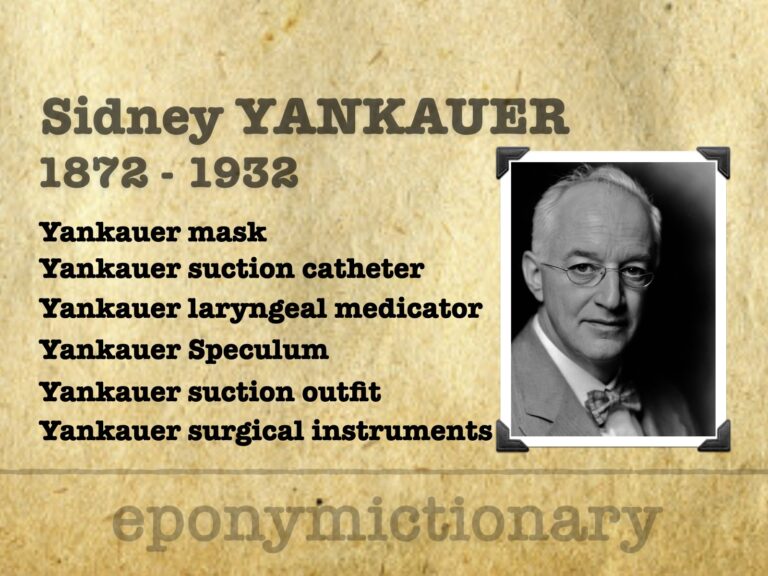
Sidney Yankauer (1872–1932), American ENT surgeon and inventor of the Yankauer suction catheter, pioneer in bronchoscopy and surgical airway care
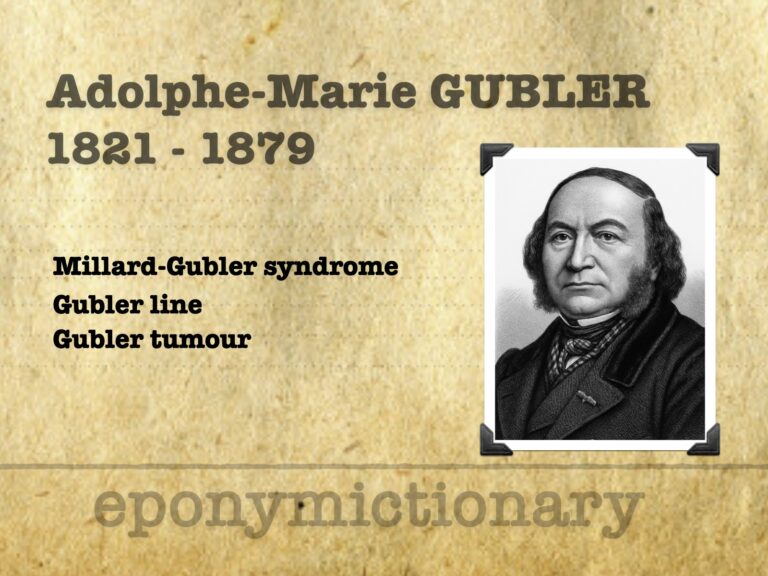
Adolphe-Marie Gubler (1821-1879) was a French physician and therapeutic pharmacologist. Millard-Gubler syndrome (1856)